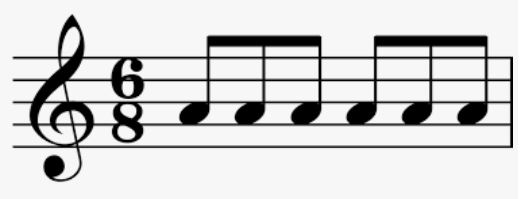|
Bowing exercise -
For 6 notes the same length - i.e. 6 quavers
First 3 quavers:
1st quaver. Start at middle of the
bow. Draw bow to near the
tip. i.e a long strong bow down
2nd quaver - minimal downward
pressure on bow - direct the bow a short way up
3rd quaver - more downward pressure
on a short length the bow to create a strong note down
Second 3 notes.
1st quaver.
You are now near the tip of the bow.
You need a long strong bow. This
will be an up bow which will bring
you back to the middle of the bow.
2nd quaver - minimal downward
pressure on bow a short distance down
3rd quaver - more downward pressure
on the bow to create a strong note up
Repeat
long down 1, short up
2, short down 3,
long up 1, short down
2, short up 3,
long down 1, short up
2, short down 3,
long up 1, short down
2, short up 3 etc.
Exercise 1 start on the first finger on the D string (the other note is the 3rd
finger that note is G)
start on the first finger on the D string (the other note is the 3rd
finger that note is G)
Exercise 2  1st 3 notes of the Plane Tree starts 1st finger on D string
1st 3 notes of the Plane Tree starts 1st finger on D string |



